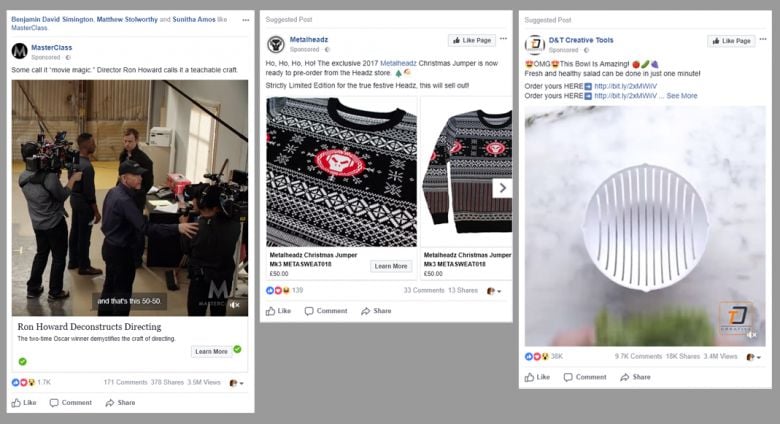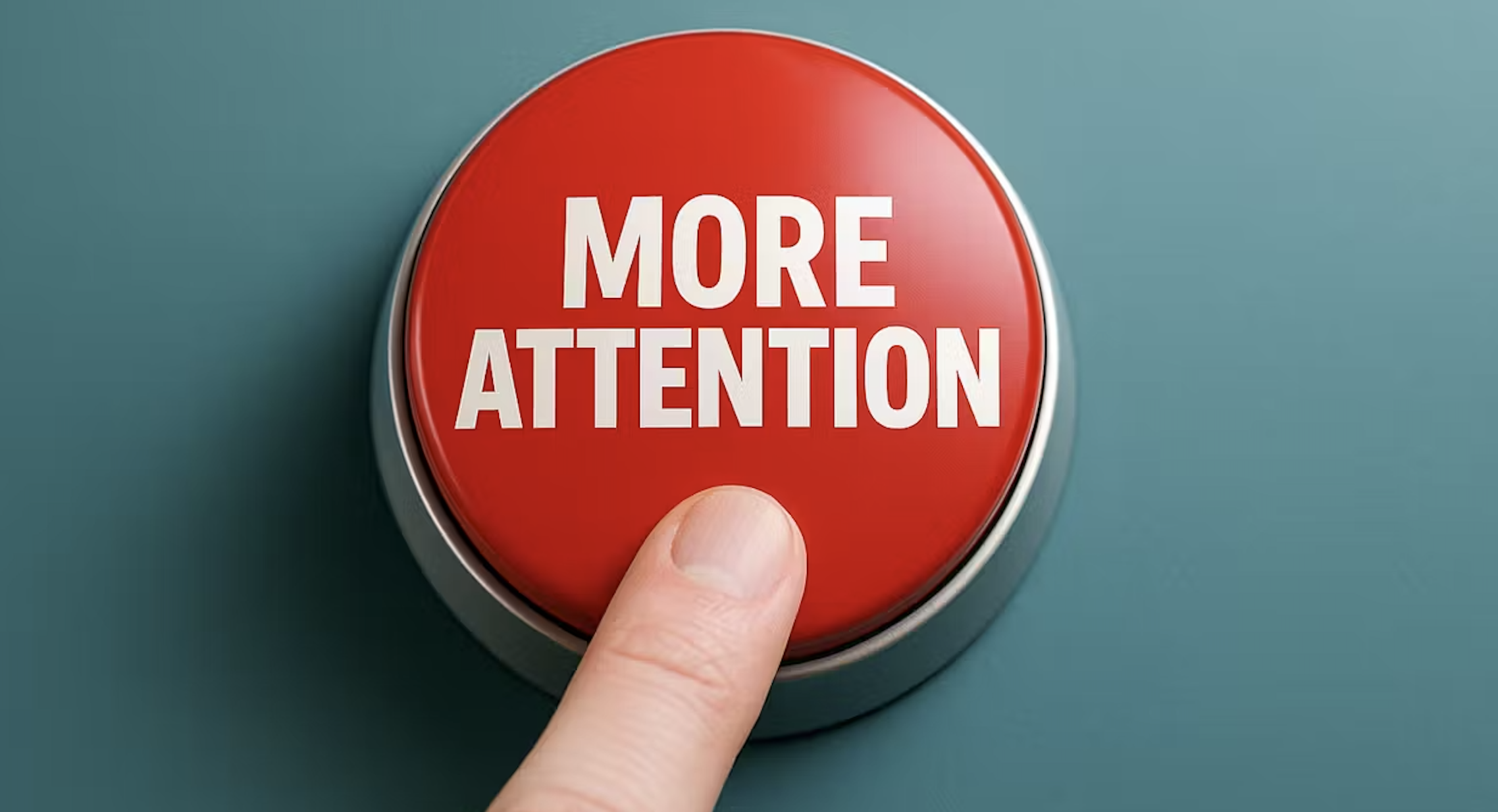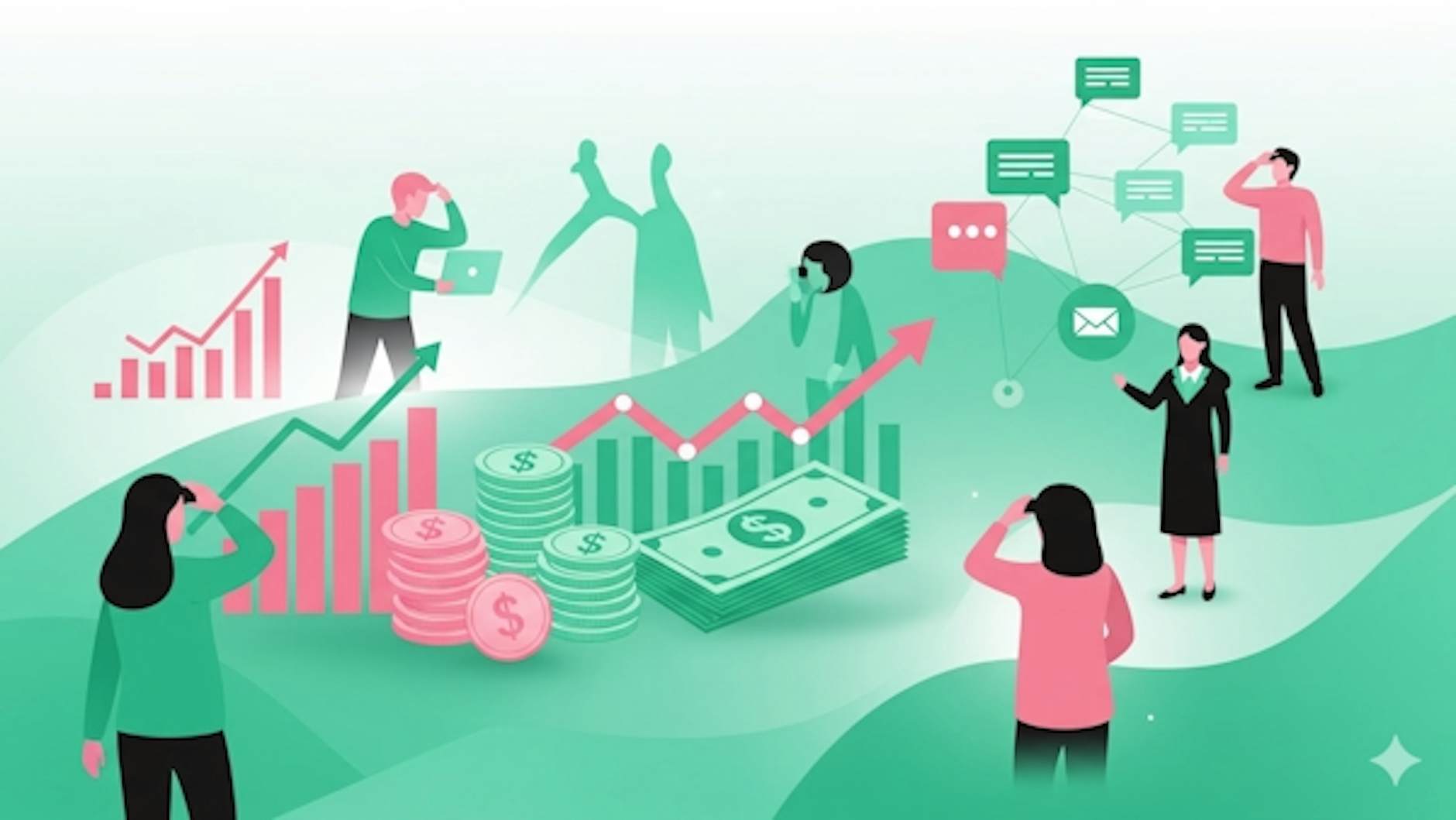Paid vs organic social media: ROI clarity at last
This article details a trial we did that compares organic social media performance to paid social media performance. It explains why paid social is an essential consideration for your content marketing/social media strategy. It will also give you a guide to competitor benchmarking organic and paid content performance on social media.
The problem: the decline of organic social media reach
For years now, the reach and power of organic social media – especially social media marketing for brands – has been plummeting. From 2012 to 2014, EdgeRank saw a decline of 60%, from 16% to 6.5%. 2016 figures suggested the reach was down to 2%. In 2017, the figures are lower still.
This isn’t a blog about how Facebook are forcing brands to pay for access, but the received wisdom from any content marketer you ask is likely to be – pay to reach audiences. “Organic vs paid social media? Paid.”
However, this advice is too simplistic. It doesn’t offer any transparency on what, why, how, how much or what do you get?
Reach vs engagement: choosing the right metric
Choosing paid to boost your social media reach and/or engagement should be aligned with your digital marketing objectives. If you are creating content for SEO purposes, or to improve conversion rates on your site, paid social may not be appropriate. But if you want to boost brand awareness, engage your audience, increase reach and drive traffic to your site, it should be an essential part of your social media strategy.
Reach
Paid social media for improved reach
By spending a little more, you increase the value of the content you’re promoting. Here is a very simple hypothetical:
- You spend £500 on an article for your website and put it on social media without boosting
- You have 20,000 followers – with a 2% reach, your article reaches 400 people
- You have just paid £1.25 to reach each person
- If you boost your article to your audience with £150 of paid social promotion
- Your article reaches 5,000 people
- Now you have paid 13p to reach each person
So, by spending a bit more, you can reach an exponentially larger audience.
Reach is one metric. It’s how many people have had it in front of them – whether they’ve registered/seen/noticed it or not.
Anyone can pay for eyeballs. I want to know if my content is ENGAGING with the audience. Is it driving action?
Engagement
What is the power of your content marketing on social media? How can paid social media drive engagement and what’s the ROI?
Back in 2007-2009 when brands and publishers enjoyed huge reach and subsequent engagement (comments, likes, shares, click-throughs), we could see what was and wasn’t working very quickly. Most of your audience saw most of your posts and if it was interesting, they reacted. It was a great gauge of content quality and power.
But that was ten years ago.
Engagement rates on social media
I wanted to be able to get a value of an audience and/or content on social media, and I wanted to be able to compare organic and social performance. So I did an experiment.
- I listed six competitors of a brand we work with.
- I noted how many followers they had on their Facebook page.
- I counted up the number of reactions (likes, emojis) they had received for their last 20 posts and averaged it – removing any outliers (particularly high).
- I did the same for shares.
- I then saw what percentage of the follower number the average share rate is, to get the engagement rate. Use this handy percentage calculator.
- This simple equation allows us to benchmark the audiences of brands with very different following sizes. You would expect a brand with 100,000 followers to get more reactions than one with 10,000. But what proportion of that audience are you engaging with? And, therefore, what is the power of your audience and content?
- Like this:
- Competitor 1
- 623,090 Followers
- 82.5 (average number of reactions from organic reach)
- 15.6 (average number of shares from organic reach)
- 0.01% (Reaction-engagement rate)
- 0.002% (Share rate)
- I then did the same for the client:
- 2,086 followers
- 8 (average number of interactions)
- 0.15 (average number of shares)
- 0.4% (reaction/engagement rate)
- 0.007% (share rate)
It’s clear that even though the audience size is very different (the competitor has 621,004 more followers), our client’s content is 1400% more engaging (reactions) and gets 250% more shares.
Competitor organic engagement rates
Competitor 2
24,340 Followers
6.8 (average number of interactions)
0.1(average number of shares)
0.03% (reaction/engagement rate)
0.0004% (share rate)
Competitor 3
1,170,023 followers
4,403 (average number of interactions)
95.15(average number of shares)
0.4% (reaction/engagement rate)
0.008% (share rate) SHARE RATE WINNER!
Competitor 4
52,000 followers
255 (average number of interactions)
3.2 (average number of shares)
0.49% (reaction/engagement rate) REACTION RATE WINNER!
0.006% (share rate)
Competitor 5
2,237 followers
1.8 (average number of interactions)
0.05(average number of shares)
0.08% (reaction/engagement rate)
0.002% (share rate)
Competitor 6
1,013,783 followers
25.6 (average number of interactions)
20.75 (average number of shares)
0.003% (reaction/engagement rate)
0.002% (share rate)
NB: you might also want to find out who gets the best rates of engagement and see what they’re doing well!
Ah, so this is why there are so many articles saying that organic social is dead…

A few examples of boosted posts in my feed (film, food and drum & bass – can’t say that their targeting is off!)
Paid social media trial
I wanted to see the effect of paid on social media engagement rates. And then fold that into my ROI equation to see how much we could increase the engagement rate and what the cost per engagement was.
I chose three articles. One that had done well, one that hadn’t and one in the middle. We boosted each to a targeted audience with £150.
Post 1
- Interactions (inc. shares, reactions, comments, page likes)
- 2903
- Reach unique users (Total impressions is 24,022)
- 16,133
- Engagement rate (% of people who saw ad that then engaged with it)
- 18%
- Engagement rate increased by 4400% (percentage growth from 0.4% (current engagement rate) to 18%)
- Cost per engagement: 5p (Total cost £150)
Post 2
- Interactions
- 1358
- Reach unique users
- 3697
- Engagement rate
- 37%
- Engagement rate increased by 9150%
- Cost per engagement: 10p (Total cost £148)
Post 3
- Interactions (inc. shares, reactions, comments, page likes)
- 2418
- Reach unique users (Total impressions is 5,365)
- 10,583
- Engagement rate
- 23%
- Engagement rate increased by 5650%
- Cost per engagement: 6p (Total cost £148)
Conclusion: comparison
Organic
Content cost: £1000
Results: 8 (average engagement)
£125 per engagement
Paid
Content cost: £1000
Paid: £150
Result: 2226 (average number of engagements from the three trials)
52p per engagement
Value
The reason content feels expensive compared to, say, PPC, is because too many brands are forgetting the marketing part of content marketing. But this is because they’re creating a fat juicy worm on a hook, but not putting the hook in the water where the fish are. So, many brands don’t want to pay for content because they end up spending £500 on an article that ends up driving fewer than 100 views. No wonder they question the value of social media marketing.
As this experiment shows, by putting a small amount of paid promotion behind your content, it suddenly becomes much better value – thousands of percent better! You start engaging with your existing and new targeted audiences, traffic starts growing.
When you come to decide: paid vs organic social media, it is worth running your own trial (or maybe we can run one for you!)
You may be interested in more articles about content marketing, like our guide to creating a digital content strategy.
To find out more about organic or paid search including how you can build up your online presence, email hello@www.gravityglobal.com.


